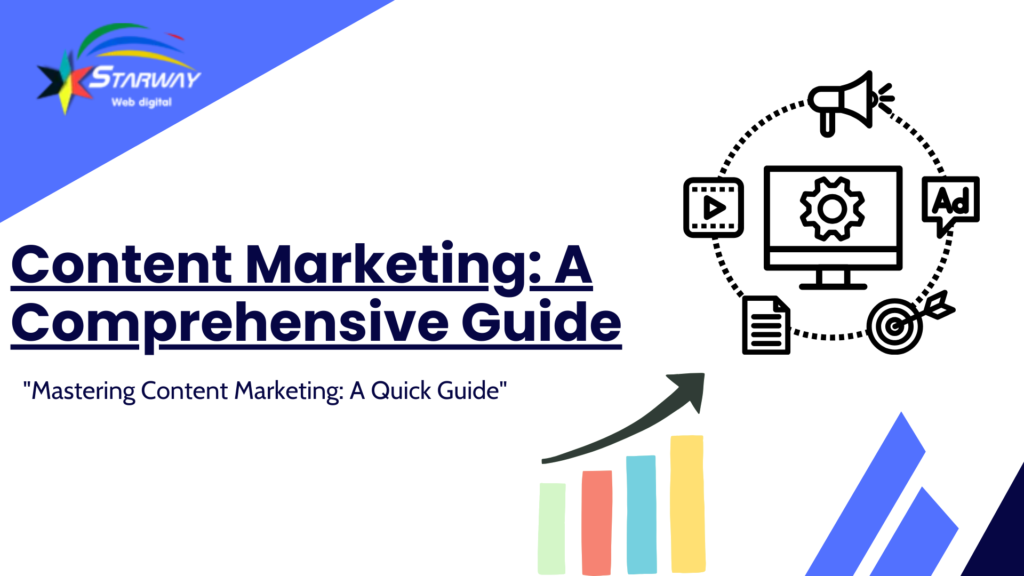How Can Your Business Rank in ChatGPT, Perplexity, and Other LLMs?
The SEO game is evolving. If you’re wondering how to rank in ChatGPT and Perplexity, your business needs to shift from traditional search tactics to AI-focused strategies. That raises a critical question:How can your business rank in ChatGPT, Perplexity, and other LLMs? Let’s break down the exact steps your business needs to take to earn visibility in this new AI-first search landscape. Why LLM Ranking Is the Future of Search LLMs (Large Language Models) don’t display search results the way Google does. Instead, they generate responses using a combination of their training data and real-time trusted sources. Some, like Perplexity, even cite their references. So ranking in this context doesn’t mean position #1 on a SERP—it means being the source the AI pulls from, references, or recommends. 1. Build Entity-Based Authority LLMs prefer citing entities they recognize. Your business must be structured in a way that search engines and AI tools understand it as a legitimate, authoritative entity. Action steps: 2. Use Structured Data Markup AI systems, like search engines, rely on structured data to “read” your content accurately. Schema helps tools like ChatGPT and Perplexity extract facts, services, and context from your pages. Schema to consider: Use Google’s Rich Results Test to check your implementation. 3. Write LLM-Friendly Content If your content looks like it was written for humans and robots, you’re on the right track. LLMs favor content that’s clear, factual, and contextually rich. Tips to improve LLM visibility: Instead of this: “We are the best digital agency and SEO company for all your online needs.” Try this: “Our services include SEO audits, on-page optimization, and structured content development to improve AI and LLM visibility.” 4. Target Long-Tail and Conversational Queries People talk to LLMs the way they’d talk to a human. Your content should reflect that. Think less “digital marketing company New York” and more “How can I improve my website’s visibility in ChatGPT?” Examples of LLM-friendly questions to include in your content: Include answers directly under the question in clear, concise language. 5. Create Topical Authority If you want LLMs to see your business as an expert, you need to go deep, not wide. Cover your topic in full with blog clusters, guides, and supporting content. Strategy: The more tightly woven your content around a topic, the more likely LLMs are to treat your site as a trusted source. 6. Get Referenced by Other Sites LLMs are heavily influenced by authority. If trusted sites mention your brand or link to you, AI tools are more likely to pull your content as a source. How to boost authority: Pro tip: Use tools like Ahrefs or Semrush to identify who’s already citing your competitors and go after those same opportunities. 7. Keep Your Content Fresh LLMs are often tuned to prefer recent and relevant data. Even evergreen content should be periodically reviewed and updated with the latest insights, tools, or case studies. Set a schedule to: Final Thoughts So, how can your business rank in ChatGPT, Perplexity, and other LLMs? It takes a shift in strategy. You’re no longer just optimizing for crawlers — you’re optimizing for AI comprehension, entity recognition, and semantic relationships. The future of SEO is structured, trustworthy, and deeply contextual. If you’re looking to boost visibility across AI-powered tools, the smartest move is to start with an LLM-focused SEO strategy.Get in touch with the experts at Star Way Web Digital, a top SEO agency for AI and LLM optimization, and let’s future-proof your search presence.
How Can Your Business Rank in ChatGPT, Perplexity, and Other LLMs? Read More »







